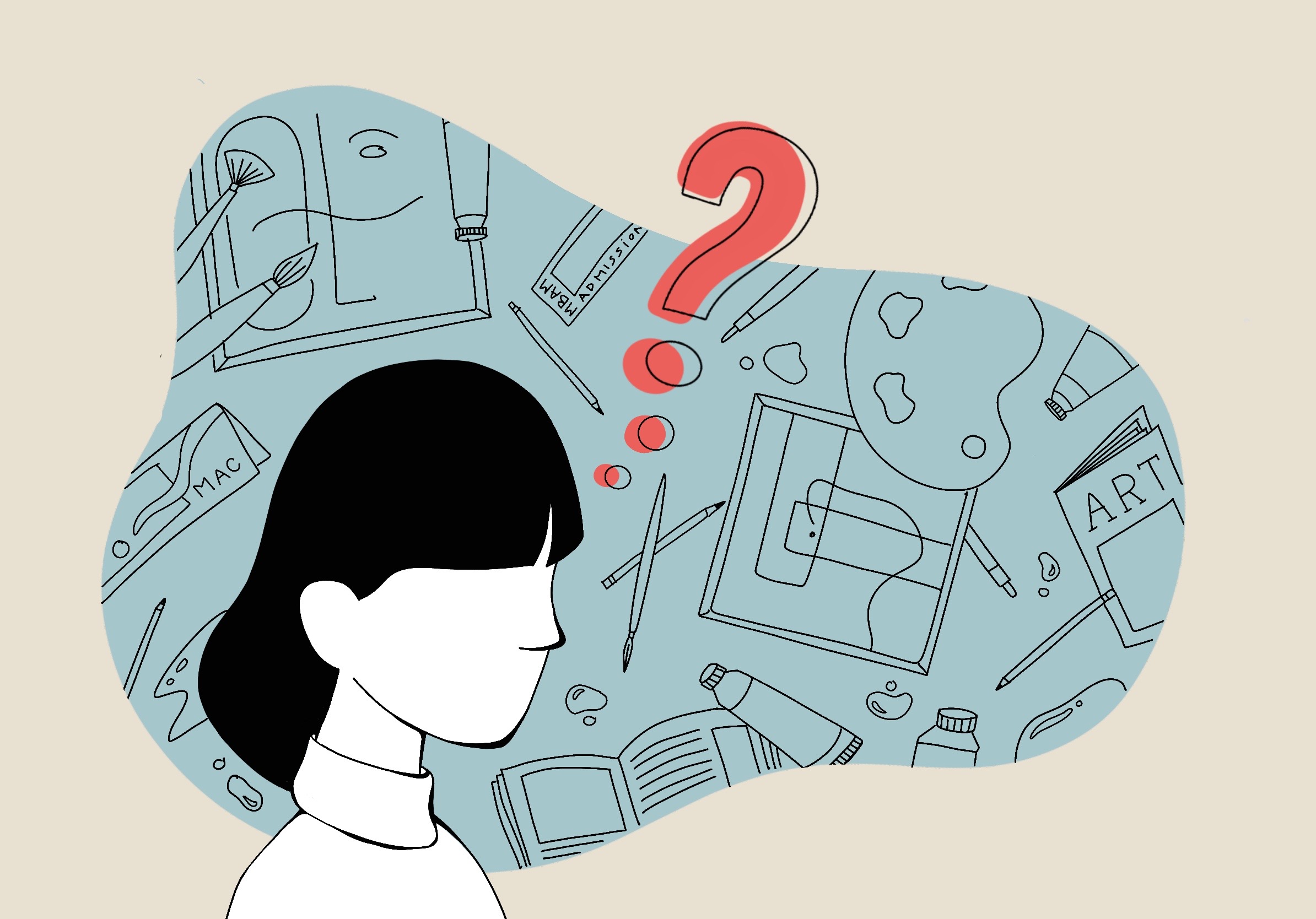Reflecting on art, post-lockdown
In the past six months, I have not visited a single art show, gallery opening, exhibition, or museum. Perhaps this is the longest amount of time I’ve gone without reading press releases, interviewing artists, or trying to find some sort of sociopolitical angle to approach an exhibition from. Yet, I have to admit… I kind of like it.
After spending the majority of lockdown being out of a job like many others, I have had tons of time to think about the art industry, which I have honestly always been quite hesitant to be a part of. After racking my brain about the place art holds in society, both amidst chaos and mundanity — and participating in both an internship and residency, alongside many other writers and artists, for the better part of the summer months — it is safe to say, I am not the only one who feels this way.
I do not believe this is solely a reflection on my evolving relationship with the art industry as a result of personal values. Rather, it’s a reflection on the circumstances that have caused the relationship itself to change. It has become clear that many others, and myself, are hesitant to make a career out of this. Not because we do not love art, but, well, because the industry doesn’t appear to love us.
The past few months have been eye-opening, to say the least. Among the things that have been on my mind is pay. When artists and writers are going unpaid for work that continues to get published, how can we be expected to stay? The fact that I get paid more (and on time) by student media is a poor reflection on the many institutions that hire writers and artists.
And don’t get me wrong, I’m aware that these were all issues before lockdown began. However, lockdown seems to have brought these issues to the forefront for most non-essential workers, many of whom have been struggling to get by (and many of whom struggle to get by, even pre-lockdown, without the help of a second, more stable job).
How can we not struggle when getting a decent job within the industry requires years of experience and multiple internships under our belts?
If it weren’t for the fact that I’m fortunate enough to still live at home, I wouldn’t have been able to participate in any of my internship experiences, all of which were unpaid. Even still, I had to work other jobs and pull seven-day work weeks to afford transport, cell phone bills, and other necessities.
Upon returning to work in July as a copywriter for an international online luxury retail platform, I was told by a coworker ten years my senior that I had made a great decision in opting to drop my second major in Art History. They added that even after ten years in the industry, they still hadn’t been awarded a raise or promotion and noted that I’d still be able to work in the arts because “it’s all about networking anyway,” and I’d “already made [my] contacts.” It is a sad reality, but a reality nonetheless. Years of studying and dedication won’t guarantee you a position unless you meet the right people. I guess that’s business, baby, as they say.
But even when you do land a position, where does this place you amidst today’s uncertainty and ever-evolving technological landscape?
With museums and galleries being closed for the greater portion of the summer, and exhibitions moving online, the role of museums was inevitably brought into question. What purpose do they serve when one can now access the entirety of most major collections from anywhere in the world for free? The value of these “prestigious” institutions seem … almost, dare I say … questionable.
Despite it all, art remains one of my favorite sociocultural forms of expression, and art writing one of my favorite types of journalism. I guess you could say it’s a love-hate relationship. While switching majors has proven to be a more viable option for me, based on my personal career goals, art journalism is still a long-term goal of mine. Until then, leaders of the art industry, you have some work to do.
Graphic by Rose-Marie Dion
